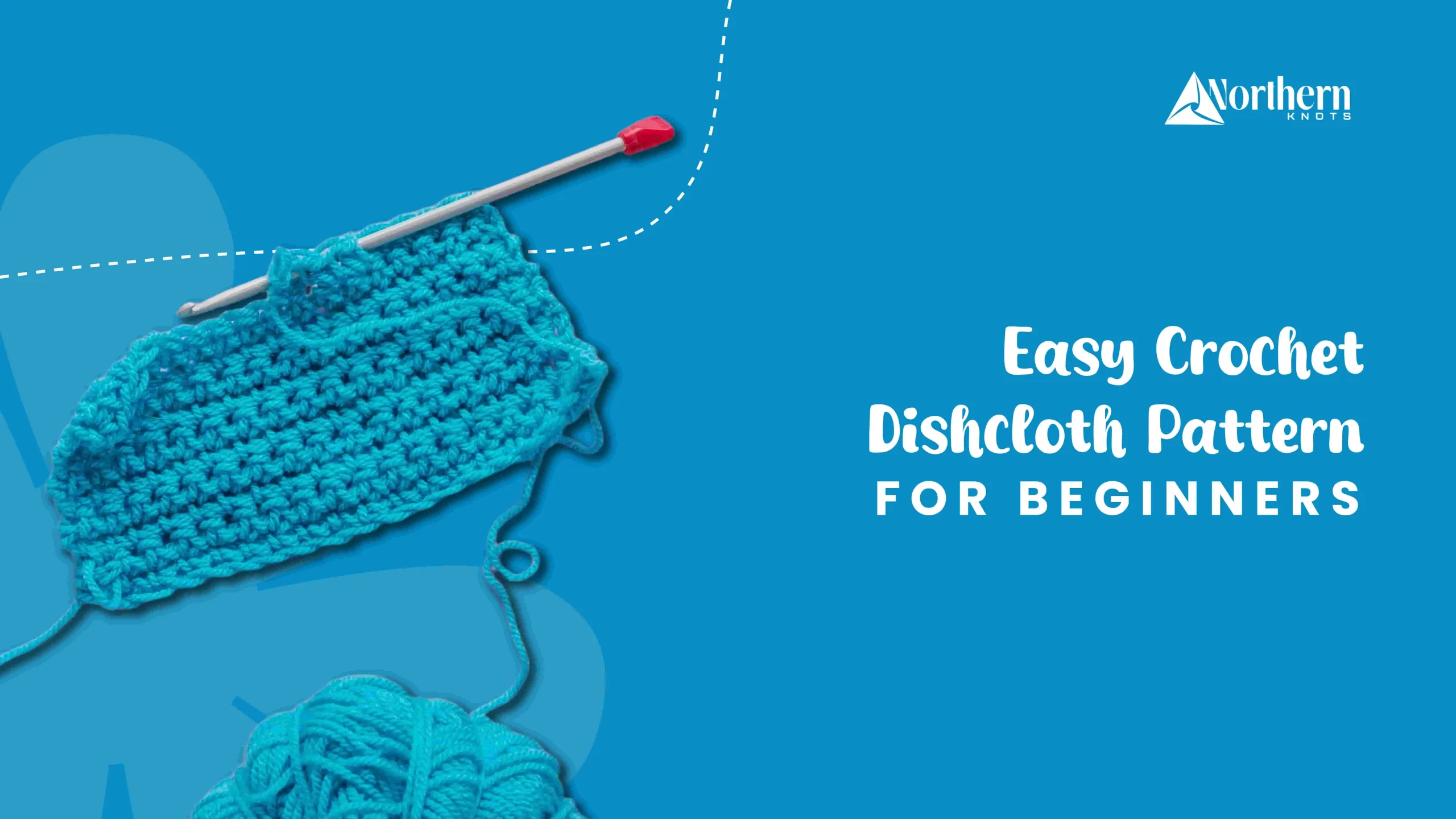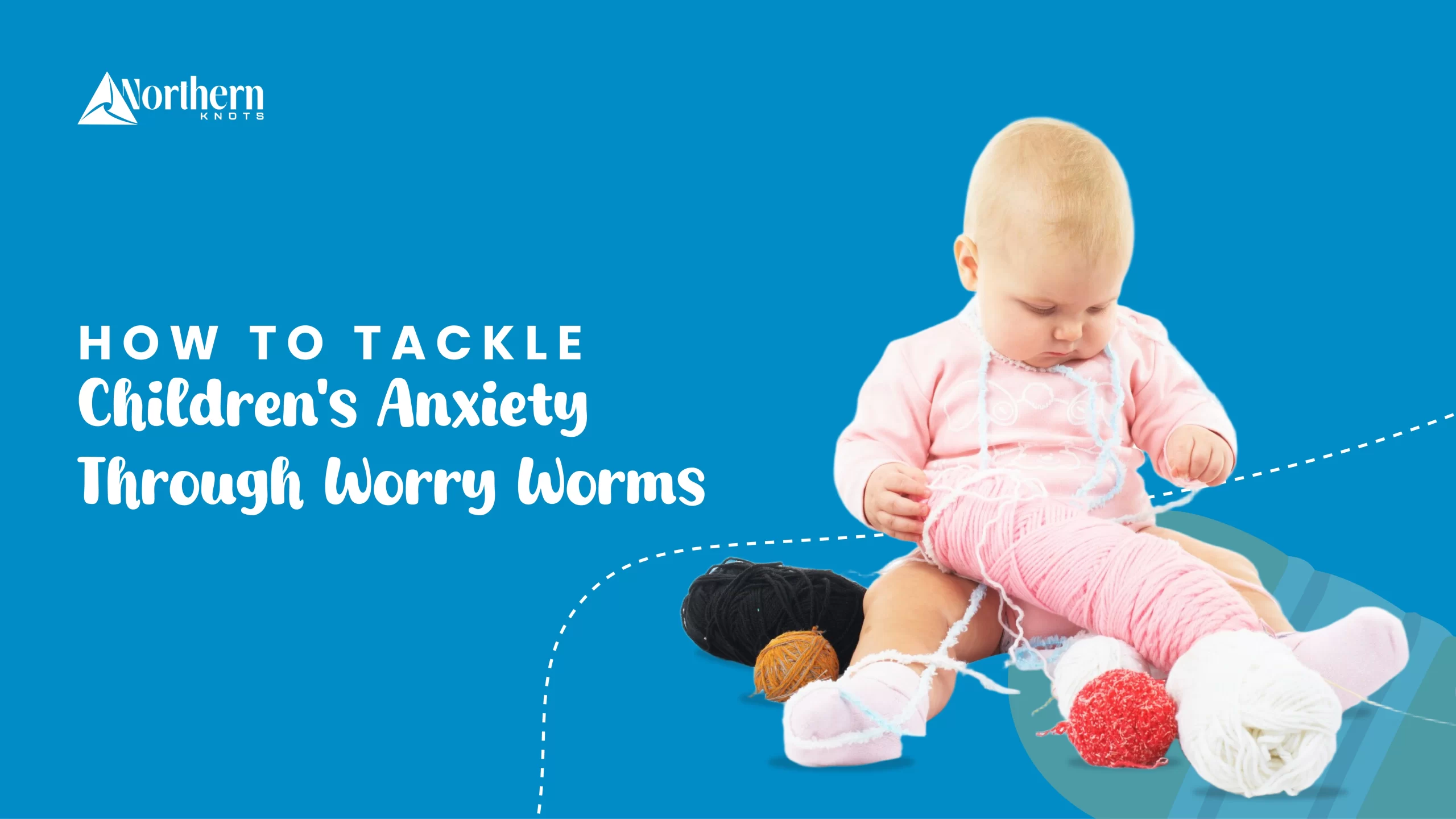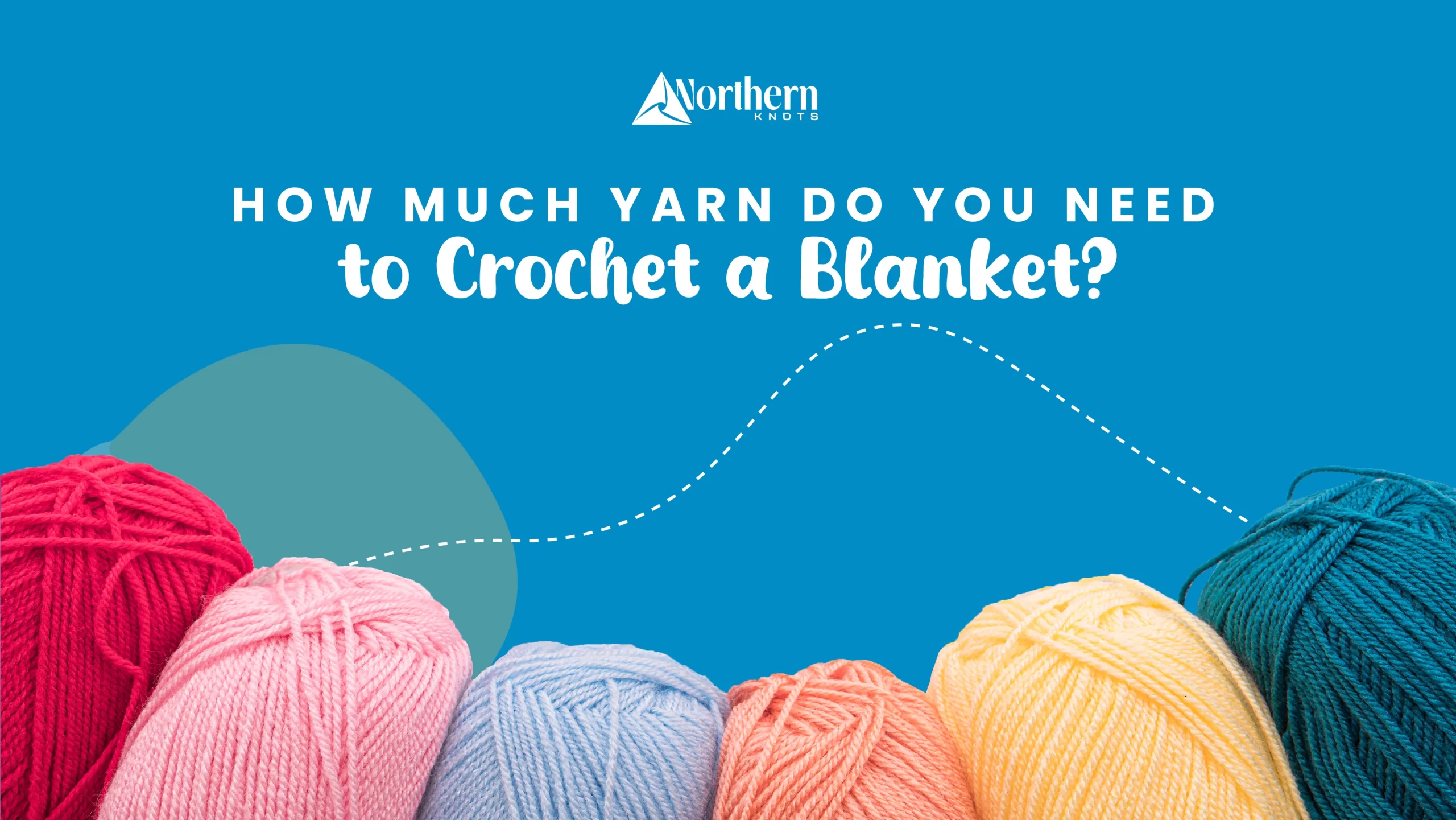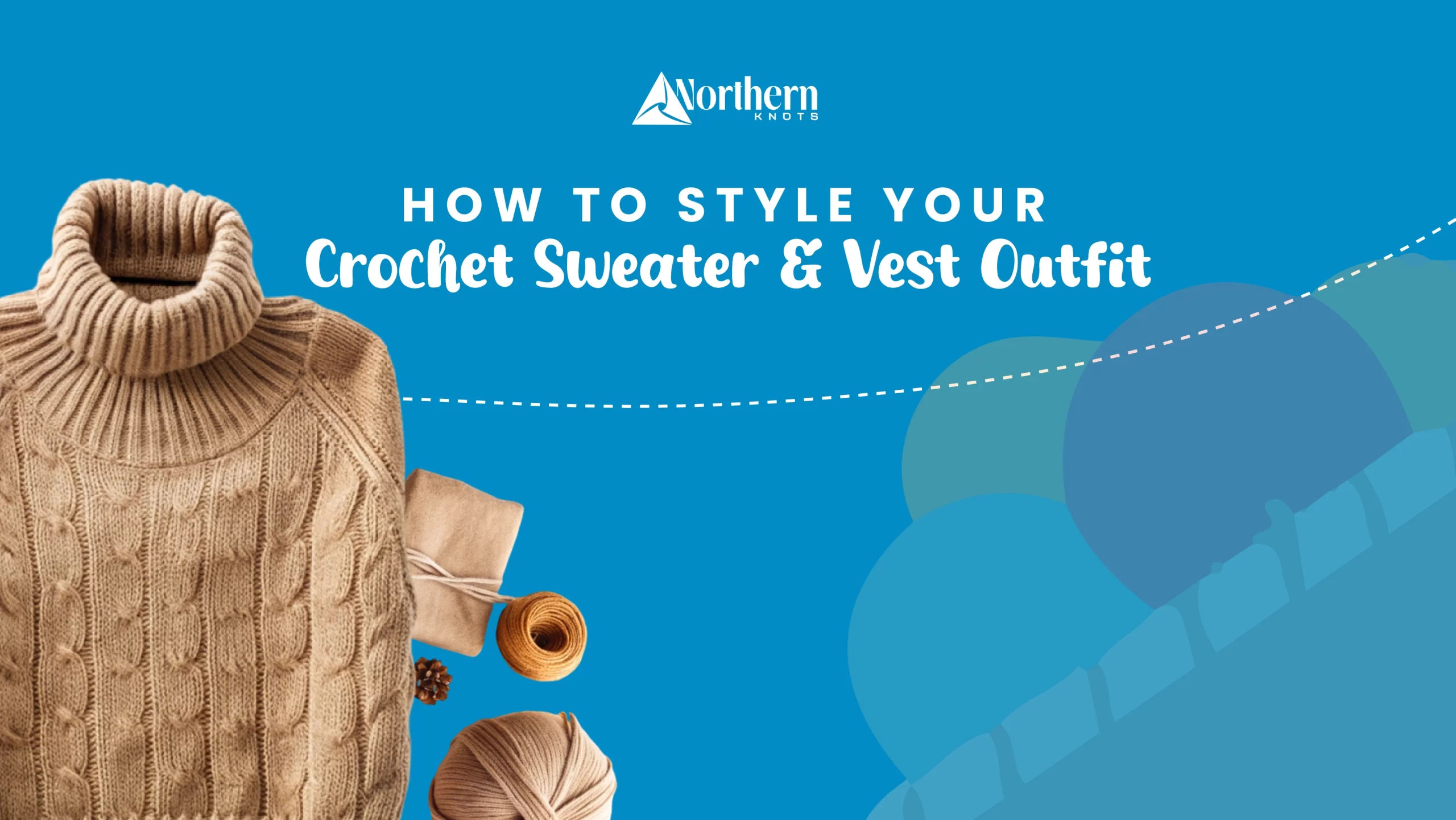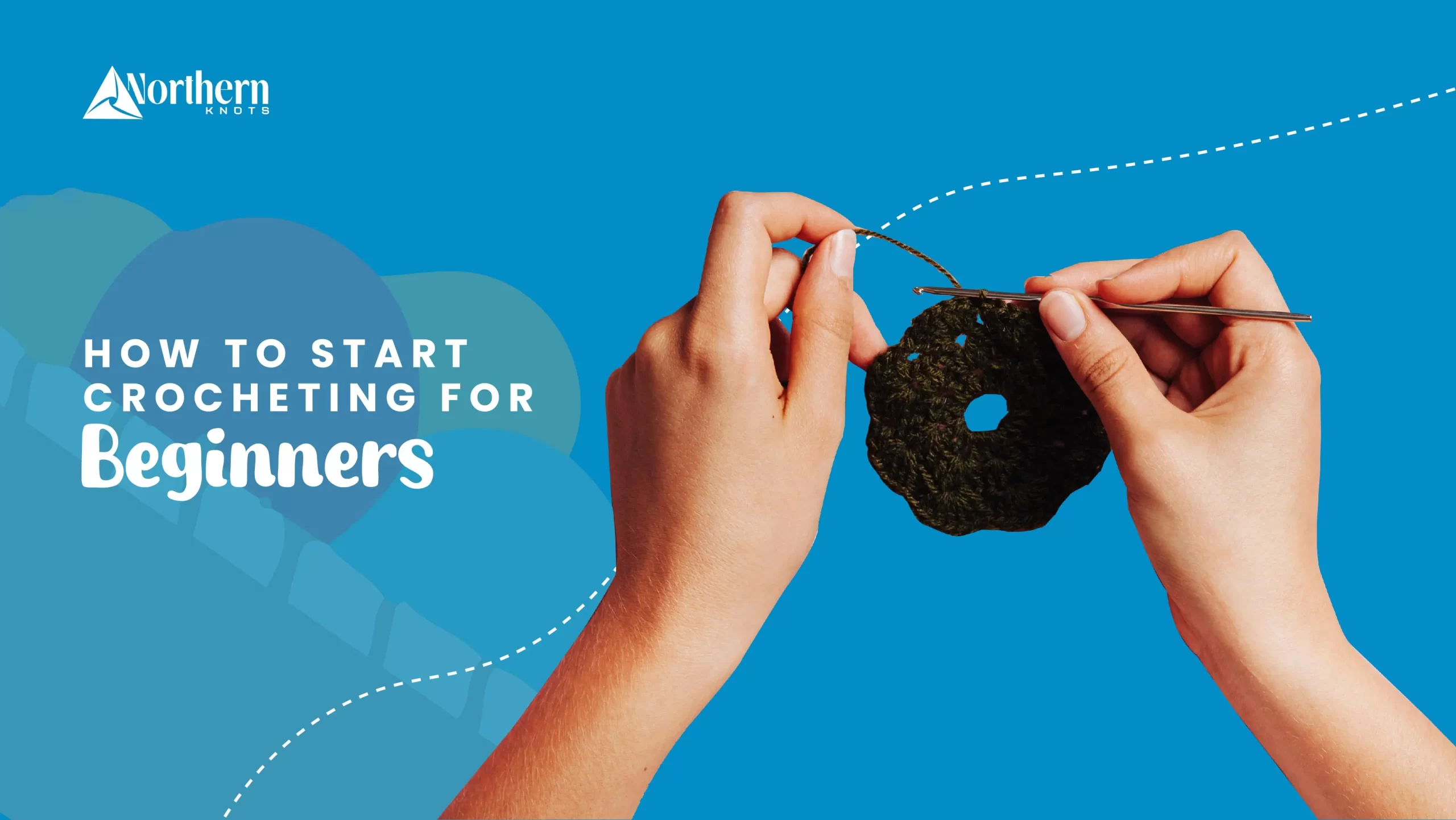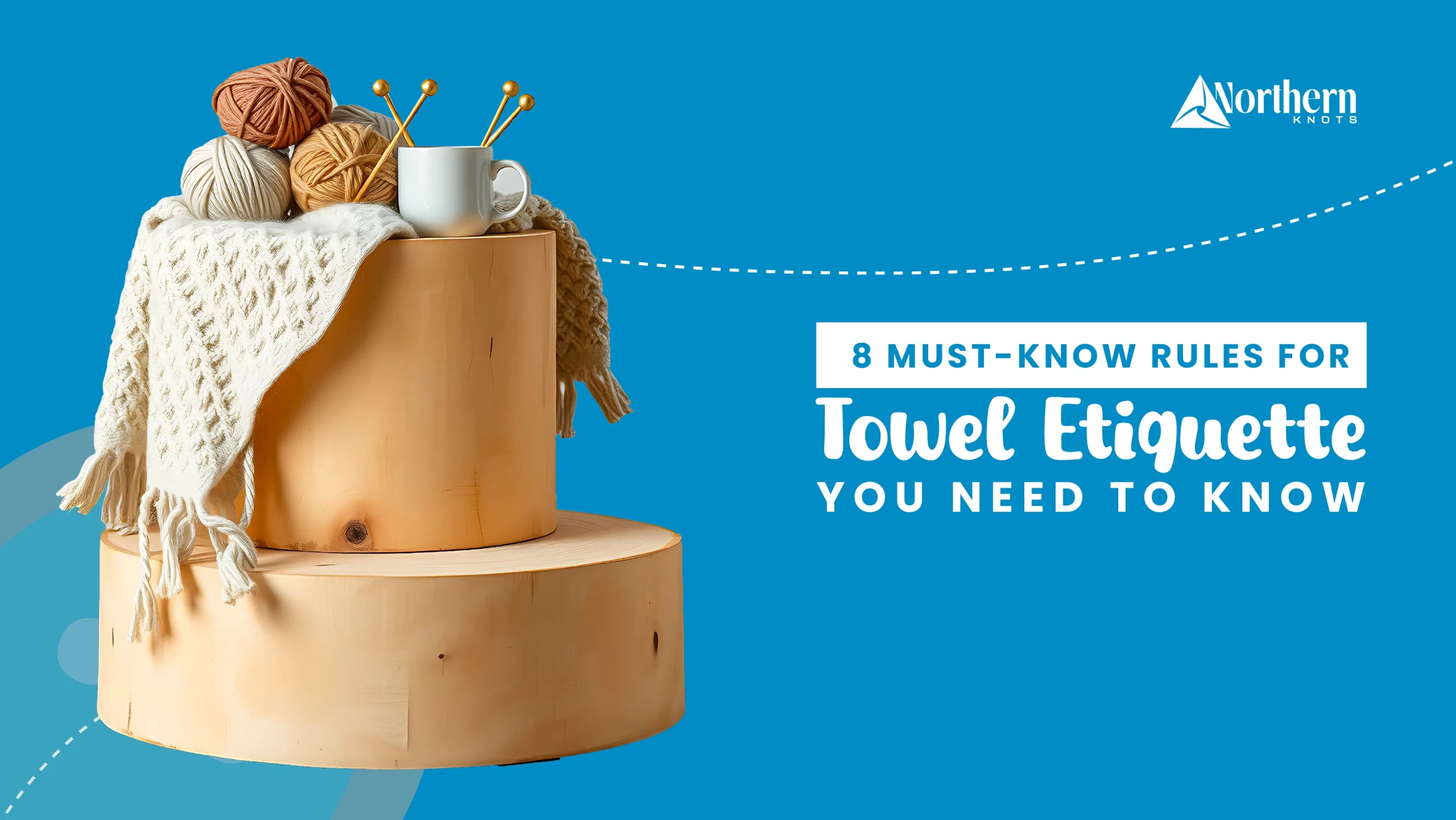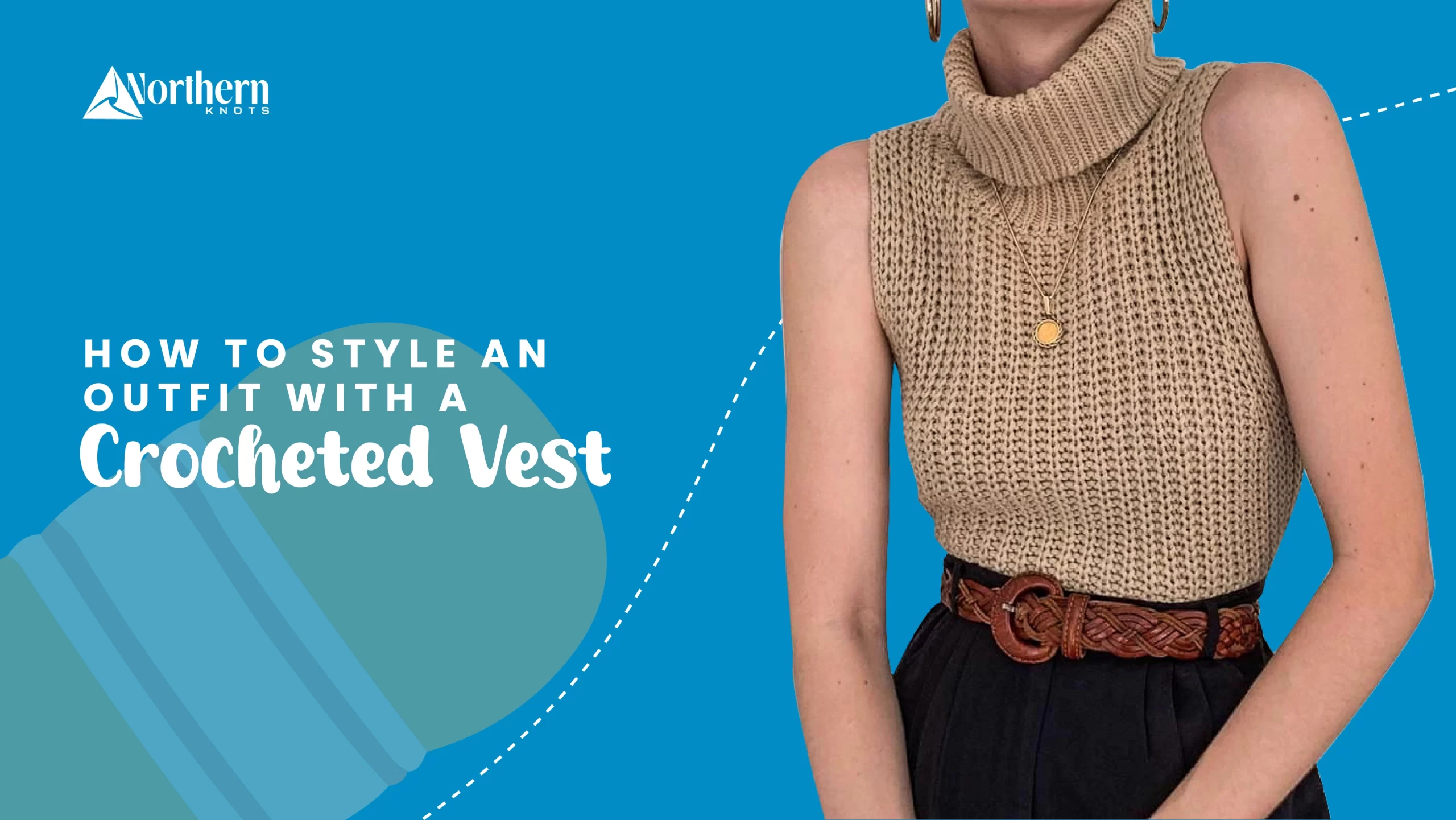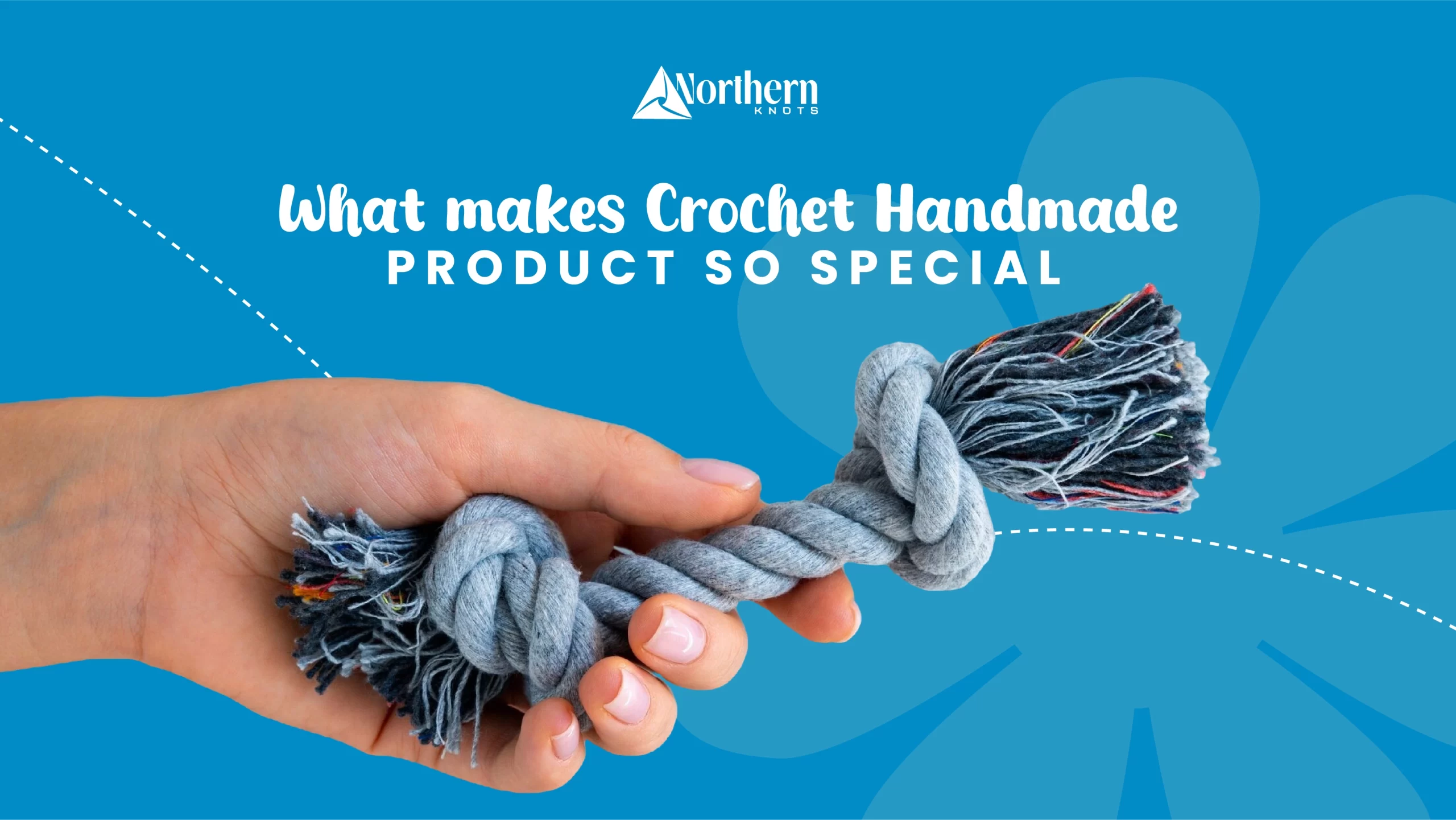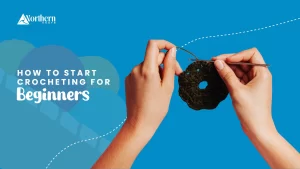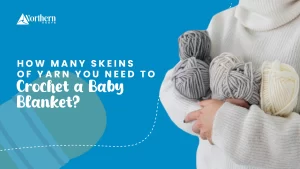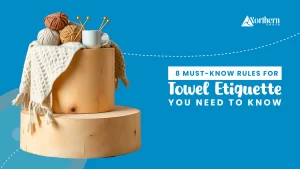
8 Must-Know Rules for Towel Etiquette You Need to Know
Did you know that there is an elusive etiquette surrounding towels? Yes, just like any social interaction for humans, there are some rules governing how we should treat and handle our daily wonders, and this towel etiquette for the best bath or kitchen towel sets might seem piffling. But mastering these rules can surprise your guests with smooth hospitality. Whether you are a host or a guest, you must know how important it is to maintain towel cleanliness for high-quality standards in your home. Use Specific Towels for Specific Tasks I feel that each household or setting should have different towels for different purposes. Using bath towels, hand towels, kitchen towels, and gym towels should all have their uses. It’s wrong to take a bath towel to the kitchen or use a dish towel for drying your hands. Not only does this rule serve to help stay clean, but it also helps to minimize contact with germs. Hosts Your Guests with Hospitality To be a great host, it is important to provide a welcoming experience to your guests with organic washcloths for face. Here’s where you can place them for easy access: Your restroom: This is the most logical spot for towels. Leave them neatly folded within a bucket next to your sink, where guests will automatically look for them. Bedroom: If your guests are planning to stay over, consider placing these towels on the bed. It will add a thoughtful gesture and ensure exactly where to find them. Some guests might have skin sensitivity, it is totally okay if they bring their own towels; that will save you your laundry duty! Don’t Use Kitchen Towels as Pot Holders As much as it is tempting, do not use kitchen towels to take care of pots and pans and replace them with pot holders. Cleaning clothes used in the kitchen are not appropriate for handling hot utensils and may cause burns or catch fire. Try using proper mitts! Keep Your Bathroom Towel All in Check Now you must be wondering, what is the size of a regular bath towel? It depends on which body area you want to dry off. Consider going for your personal preference for towel sizes. Well, just in case, a standard bath towel typically measures around 27 inches. Whether you choose a big size bath towel or just little companions to quickly dry your hands off, make sure your bathroom is tidy and well organized for your aesthetics. Handle Your Towels with Care The towels in our home are little absorbent buddies for us through every spill and splash, but taking care of them may seem a little sturdy. Just avoid using fabric softeners and strong detergents because, over time, the chemicals present in these destroy the fibers and reduce the absorbance over time. Instead, you can use mild detergents to wash them daily and avoid wear and tear. Sharing is Caring (But not Always with Towels) While sharing is generally considered good, sharing a towel is a breach of hygiene. Always use your towel rather than borrowing it because a towel, when damp, becomes a breeding ground for bacteria and stubborn germs. Make sure that everyone in your home has solid bath towels to avoid skin infections and breakouts. Mind Your Manners In areas like restrooms and kitchens, towel etiquette is very strict. Never use someone else’s towel, and never leave a wet towel lying on the bed or hanging on chairs. On the other hand, hang it up to dry on a hook or towel hanger, and make sure it dries well. Stock Up Your Kitchen with Neat Towels If you want your kitchen to stay tip-top, then 100 linen dish towels are perfect for the kitchen because they are absorbent and extremely durable to use. The one you think you should look for when shopping for kitchen towels is their size and density. Pick a cloth that will cover your biggest pots and still have enough slack to reach your smallest glasses with one hand. Final Thoughts to End With Demonstrating proper towel etiquette is easy, and it goes a long way in preventing the spread of germs and ensuring everyone respects shared spaces by keeping those towels clean for longer use. The presented rules serve as a guide to maintaining cleanliness, freshness, and order of the bath or kitchen towel sets, as well as respect for other people’s space at home or in public places. However, do not forget that a well-maintained towel will not only look best but is also most efficient while presenting your home. Happy drying!






